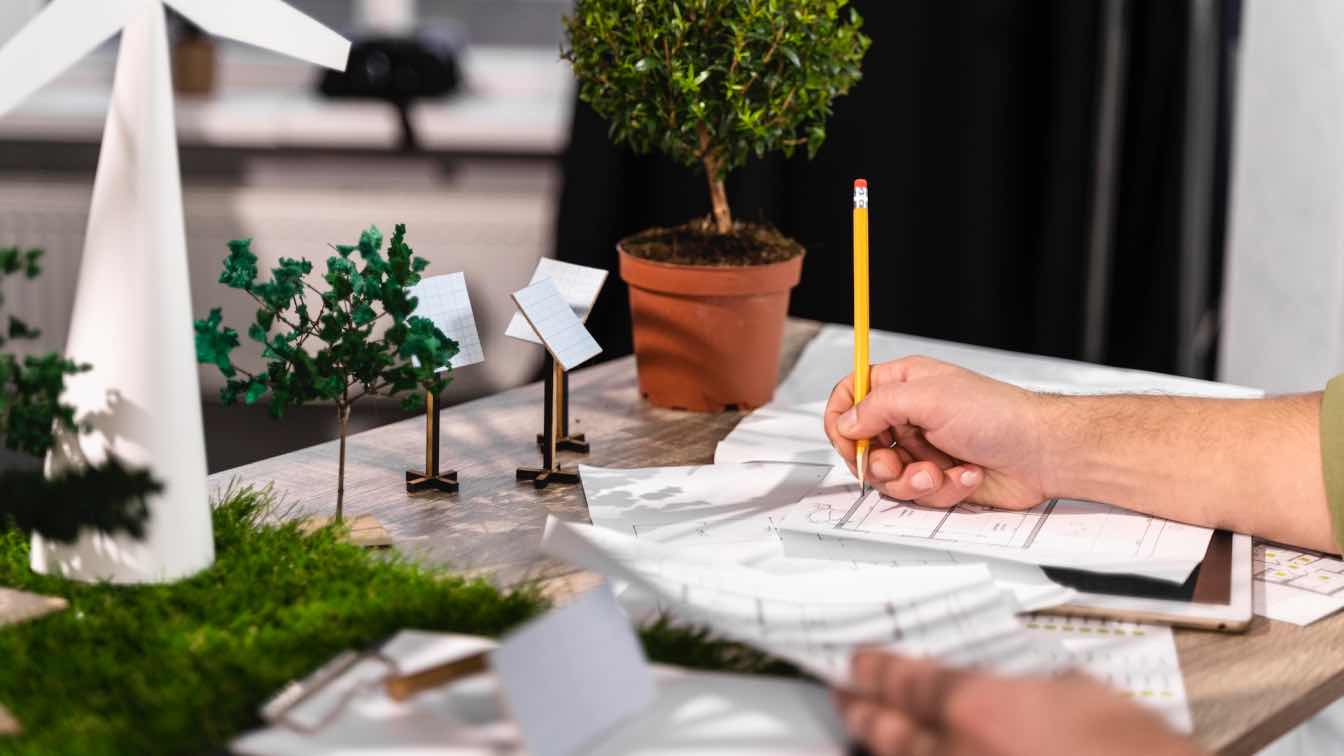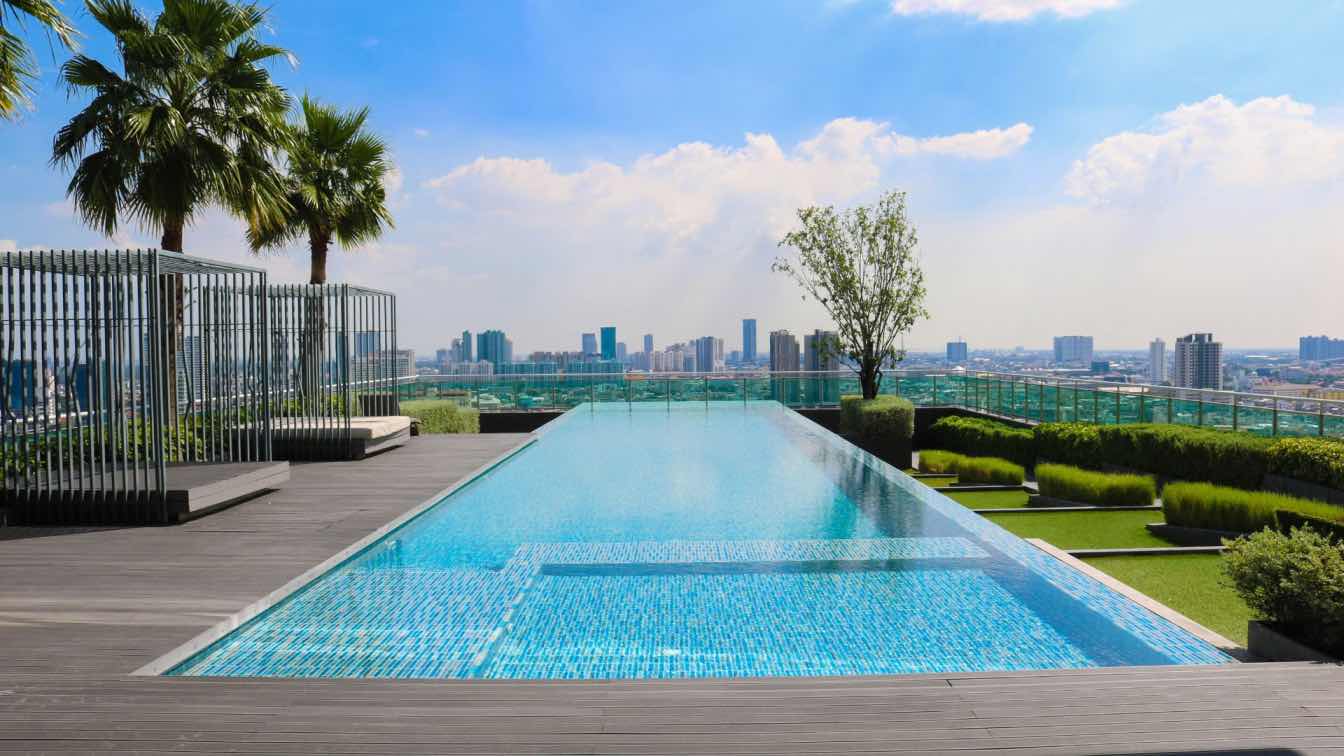As cities continue to expand, architects and urban planners are increasingly focused on integrating nature into their designs. Trees, as essential components of urban landscapes, play a vital role in improving air quality, reducing the urban heat island effect, and enhancing the aesthetic value of public spaces. However, the success of urban tree planting relies heavily on proper planning and ongoing tree care. This article explores how architects can design spaces that promote the health and longevity of trees, ensuring a harmonious balance between the built environment and nature.
The Role of Trees in Urban Architecture
Urban trees are more than just decorative features—they contribute to the well-being of city dwellers and the environment. Here’s how:
Air Quality: Trees filter pollutants like carbon dioxide, sulfur dioxide, and nitrogen oxides, improving the air quality in urban areas.
Climate Control: Trees provide shade, reducing the need for air conditioning and helping to cool urban environments.
Biodiversity: They provide habitats for wildlife, supporting biodiversity in increasingly urbanized areas.
Social Benefits: Green spaces, including trees, promote mental and physical health by offering spaces for recreation and relaxation.
Urbanization presents challenges to the health and longevity of trees, making it essential to design spaces that accommodate both urban growth and tree health.
Tree and Plant Healthcare: A Key Element of Urban Design
The long-term health of trees in urban spaces depends on more than just initial planting. Proper Tree and Plant Healthcare ensures that trees thrive and grow strong over time, contributing to the sustainability of the city. This includes various practices like soil management, pruning, irrigation, and pest control.
Key aspects of Tree and Plant Healthcare include:
Soil Health: Ensuring that trees are planted in well-aerated, nutrient-rich soil.
Irrigation Systems: Designing efficient watering systems that support tree growth.
Pest and Disease Management: Regular monitoring and treatment to prevent or address issues.
Pruning and Maintenance: Regularly trimming trees to promote healthy growth and prevent damage.
Key Factors in Designing with Trees for Long-Term Success
When designing urban spaces that incorporate trees, architects must take several key factors into account. These factors help ensure that trees will thrive for years to come.
1. Selecting the Right Tree Species
Choose tree species that are native or well-suited to the urban environment to ensure long-term success.
Avoid species that could become invasive or fail to adapt to urban stressors like pollution or compacted soil.
Consult with arborists to choose trees that are resilient to common urban challenges.
2. Soil Health and Irrigation
Soil: Ensure trees are planted in nutrient-rich, well-drained soil that supports healthy root growth.
Irrigation: Design efficient irrigation systems that prevent water wastage while supporting tree health, especially during dry periods.
Soil Amendments: Use techniques like soil aeration and adding organic matter to improve soil structure and fertility.
3. Providing Space for Growth
Root Space: Plan for sufficient space for tree roots to spread without interference from pavement or underground utilities.
Canopy Space: Consider the eventual size of the tree canopy and ensure it won’t obstruct infrastructure such as streetlights or power lines.
Tree Wells: Design specialized tree wells or pits to accommodate tree roots while protecting them from damage.
4. Protection from Urban Stressors
Pollution: Use tree species that are resistant to urban pollution, and consider the use of tree guards to protect trees from vehicle exhaust and other contaminants.
Salt Exposure: In regions where road salt is used in winter, choose salt-tolerant species or use barriers to shield trees from exposure.
Climate Considerations: Account for the local climate and potential extreme weather events like heatwaves or heavy rainfall.
Tradeoffs and Challenges in Tree and Architecture Design
While integrating trees into urban spaces provides numerous benefits, there are challenges and tradeoffs that architects must consider:
Space Limitations: Urban areas often have limited space for tree planting. Architects may need to compromise between maximizing building space and allocating room for trees.
Tree Root Conflicts: Tree roots can interfere with sidewalks, roads, and underground infrastructure. Balancing tree health with urban utility needs requires careful planning.
Long-Term Maintenance: Trees require ongoing care, including regular pruning, irrigation, and pest management. Architects must collaborate with arborists and urban planners to ensure long-term maintenance is factored into the design.
Best Practices for Long-Term Tree Success in Architecture
To ensure the long-term success of trees in urban designs, architects should adhere to best practices that prioritize both tree health and urban functionality:
Early Planning: Involve arborists early in the design process to ensure that trees are planted in optimal conditions.
Green Infrastructure: Incorporate green infrastructure such as green roofs, rain gardens, and permeable pavements that promote tree health.
Collaboration with Experts: Collaborate with urban planners, environmental consultants, and tree care specialists to create sustainable designs.
Sustainability Goals: Align tree planting with sustainability goals, aiming to reduce carbon footprints and improve air and water quality in urban areas.
Conclusion: Building Cities Where Nature Thrives
Incorporating trees into urban designs is not just an aesthetic choice—it’s a necessity for creating sustainable, livable cities. By prioritizing tree health and incorporating comprehensive tree care strategies, architects can ensure that trees thrive in urban environments, providing long-term environmental, social, and economic benefits.
By carefully selecting tree species, designing for proper soil and root space, and integrating tree care services into the design process, we can create urban landscapes that not only support the growth of trees but also foster a deeper connection between people and nature.
Let’s build cities where architecture and nature coexist, promoting healthy environments and vibrant communities for generations to come.





